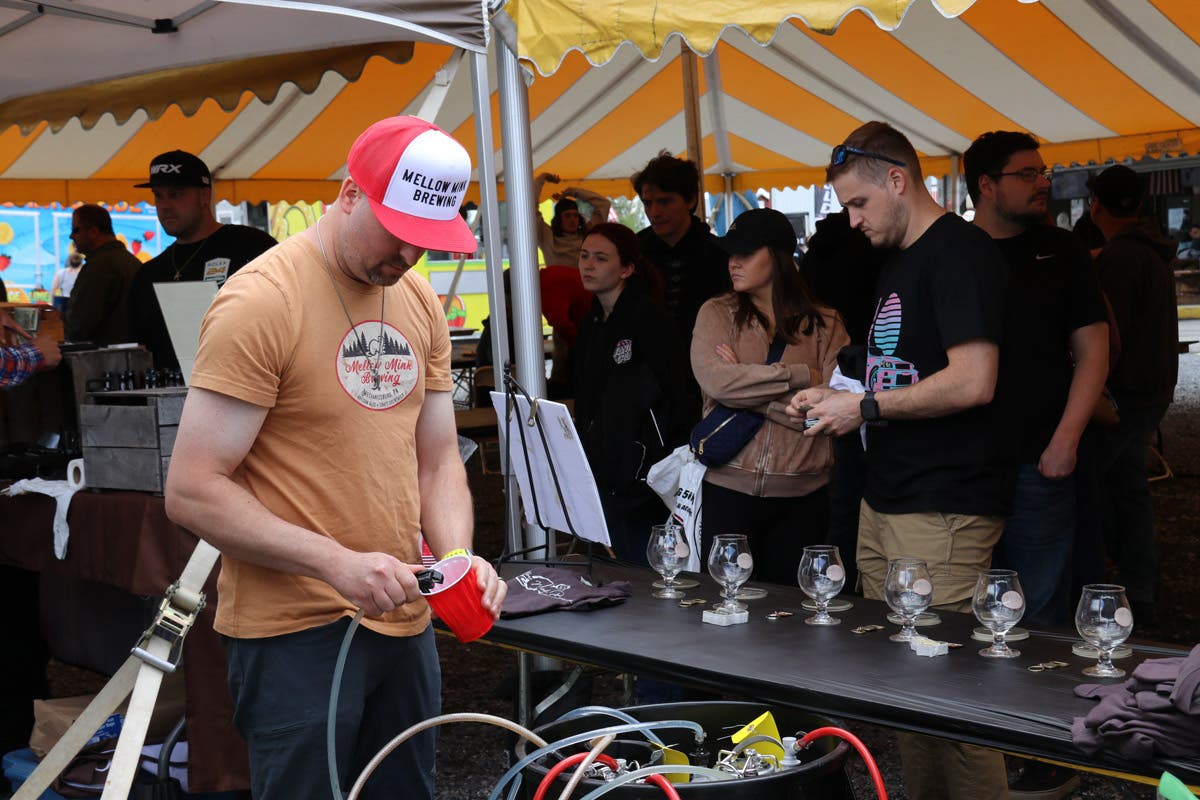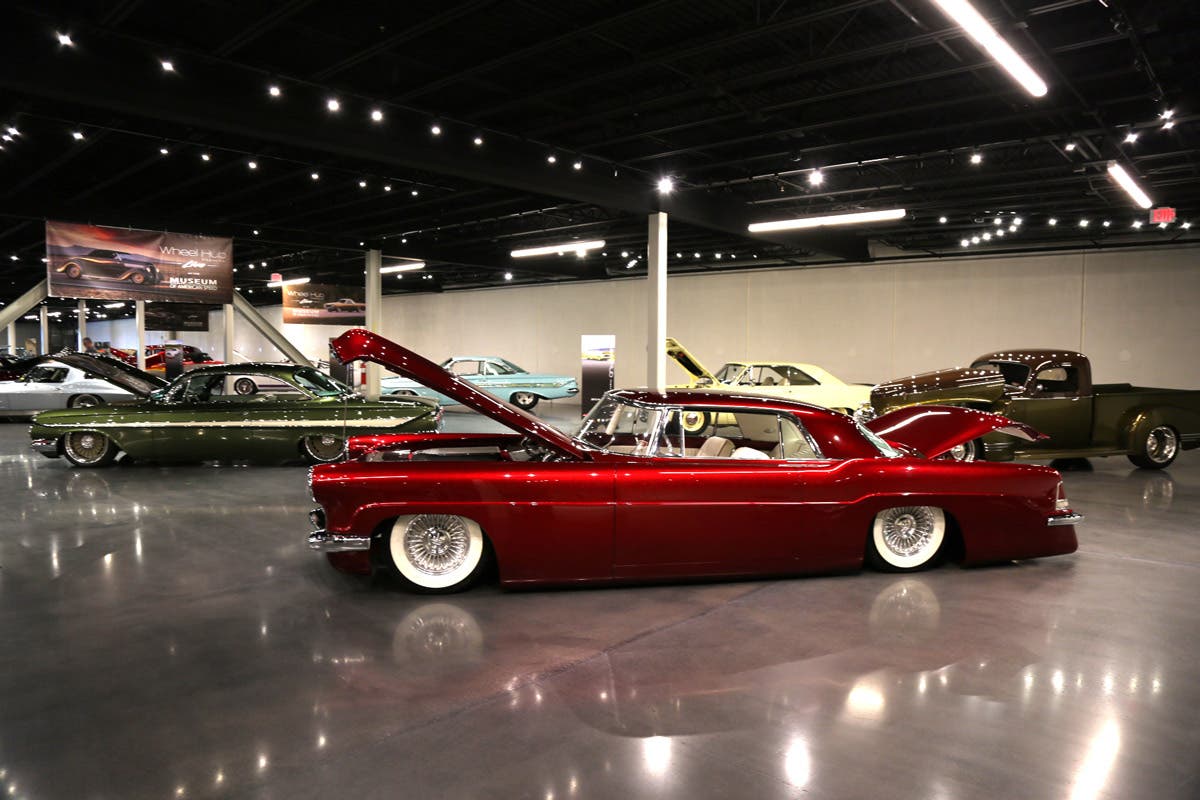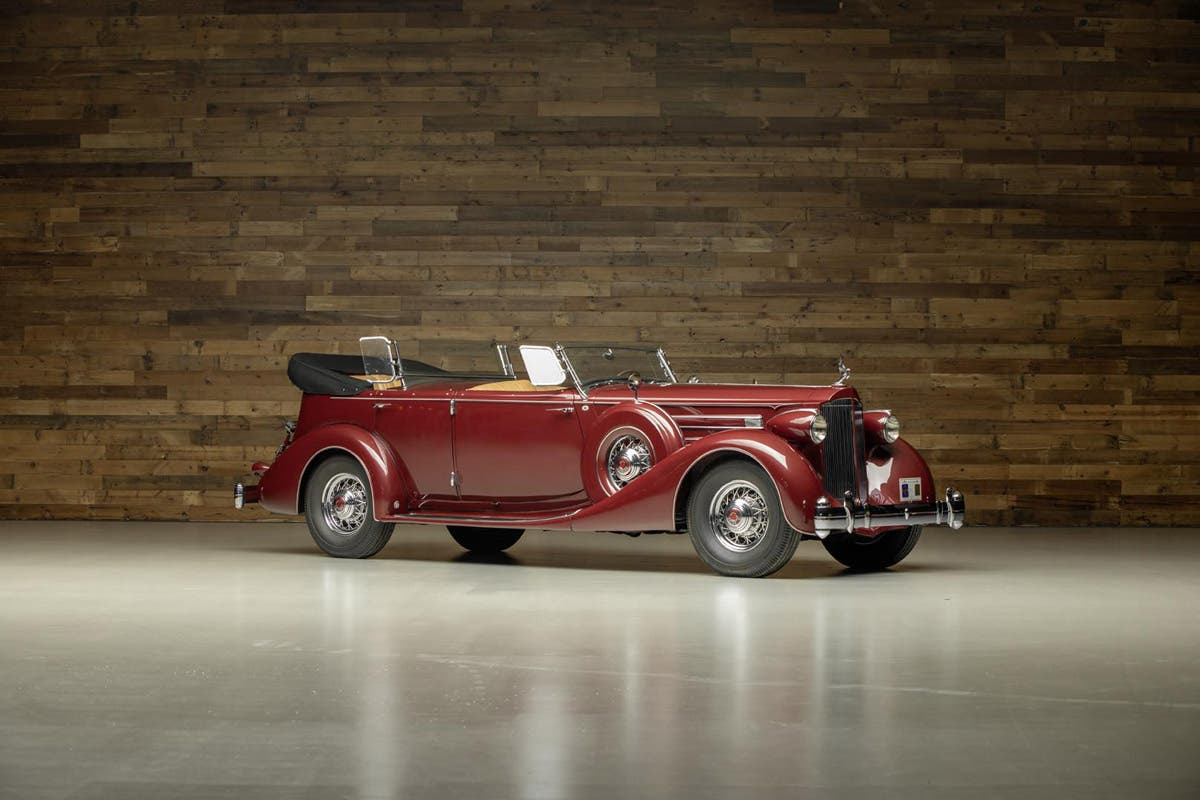Safety in knowledge: Asbestos in Classic Cars
Working on old cars can sometimes be more harmful than one would think. Knowledge is your best protection when it comes to asbestos exposure.
Does asbestos in classic automobiles pose a health threat?
With many of the mechanical components of a car creating friction and therefore heat, asbestos was a long included additive used across a variety of car parts. Asbestos was favored by manufacturers due to its natural ability to resist heat while creating superior insulation throughout the inner workings of a vehicle.
Asbestos is commonly found in brake parts, clutch facings, transmission pieces, hood linings, insulation gaskets and so forth. Prior to the 1970's asbestos was the main insulation material used in common replacement parts.
As asbestos-related illnesses have increased and regulations have been put into effect, modern manufacturers limit the use of asbestos present in vehicles today. The major threat of asbestos exposure for the automotive community comes from the repair, restoration and part replacement of vintage or classic vehicles.
Auto mechanics face occupational exposure risks
Working in an auto shop can pose a variety of occupational hazards for auto mechanics. The nature of auto mechanic work lends itself the possibility of creating asbestos dust. Modern day mechanics that are not informed of the hazards associated with their occupation face a higher risk of exposure every day.
Secondhand exposure may also be a risk for other employees or even nearby communities. When asbestos dust becomes airborne, it travels. Asbestos fibers are impossible to see and very difficult to avoid inhaling. Family members are also put at risk through secondhand exposure. Mechanics may come home with asbestos dust on their clothes, skin, hair or shoes.
Where can asbestos fibers be found
- Brakes
- Clutches
- Heat Seals
- Gaskets
- Hood Liners
- Fiberglass/Plastic Body Work
- Engine Components
- Insulation
Many companies have manufactured and distributed asbestos or asbestos-containing products. The majority of these companies remain in operation at some scale today. Since these companies knowingly put people at risk for asbestos exposure, today they frequently settle mesothelioma lawsuits.
The at home auto mechanic risks
At home auto mechanics who work with aged auto parts are also at risk for unknowingly inhaling or even ingesting asbestos. Often, the do-it-yourself garage is not equipped with the same equipment found in auto shops, presenting a greater health risk.
The Environmental Protection Agency (EPA) advises to avoid cleaning brakes with compressed air during do-it-yourself auto work, limiting the chances of asbestos dust entering the air. The EPA also advises the use of pre-ground ready-to-install parts whenever possible.
OSHA has also taken efforts to help protect those who encounter auto work by issuing a safety bulletin with best practices to manage asbestos dust from brakes and clutches.
Mesothelioma and the auto industry
The generations of neglect towards asbestos exposure became obvious by the middle of the 1970's. The increased occurrences of specific groups of workers who were developing lung diseases, including rare one’s like mesothelioma became alarming. Mesothelioma symptoms often won’t present signs for decades after the exposure. Therefore, extended exposure to asbestos dust and fibers in an occupational setting became the common denominator of identifying the exposure sources. The military, automotive industry, and various manufacturing sectors all face higher rates of exposure.
The only proven cause of mesothelioma is exposure to asbestos fibers. It can present itself in one or more areas in the body, but generally mesothelioma is seen in the lungs, the surrounding area of the heart, or in the abdomen.
Many auto shops today provide respirator gear, and have better equipped ventilation methods. October is the American Lung Association’s Healthy Lung Awareness Month. It is important to understand the dangers associated with lung disease to break the stigma surrounding safety gear. Educating one another today about the rare risks associated with the forever changing automotive industry can save lives tomorrow.
Learn More
To learn more about asbestos exposure and mesothelioma visit https://www.mesotheliomaguide.com/community/automobile-mechanics-getting-mesothelioma-from-asbestos/
*As an Amazon Associate, Old Cars earns from qualifying purchases.








